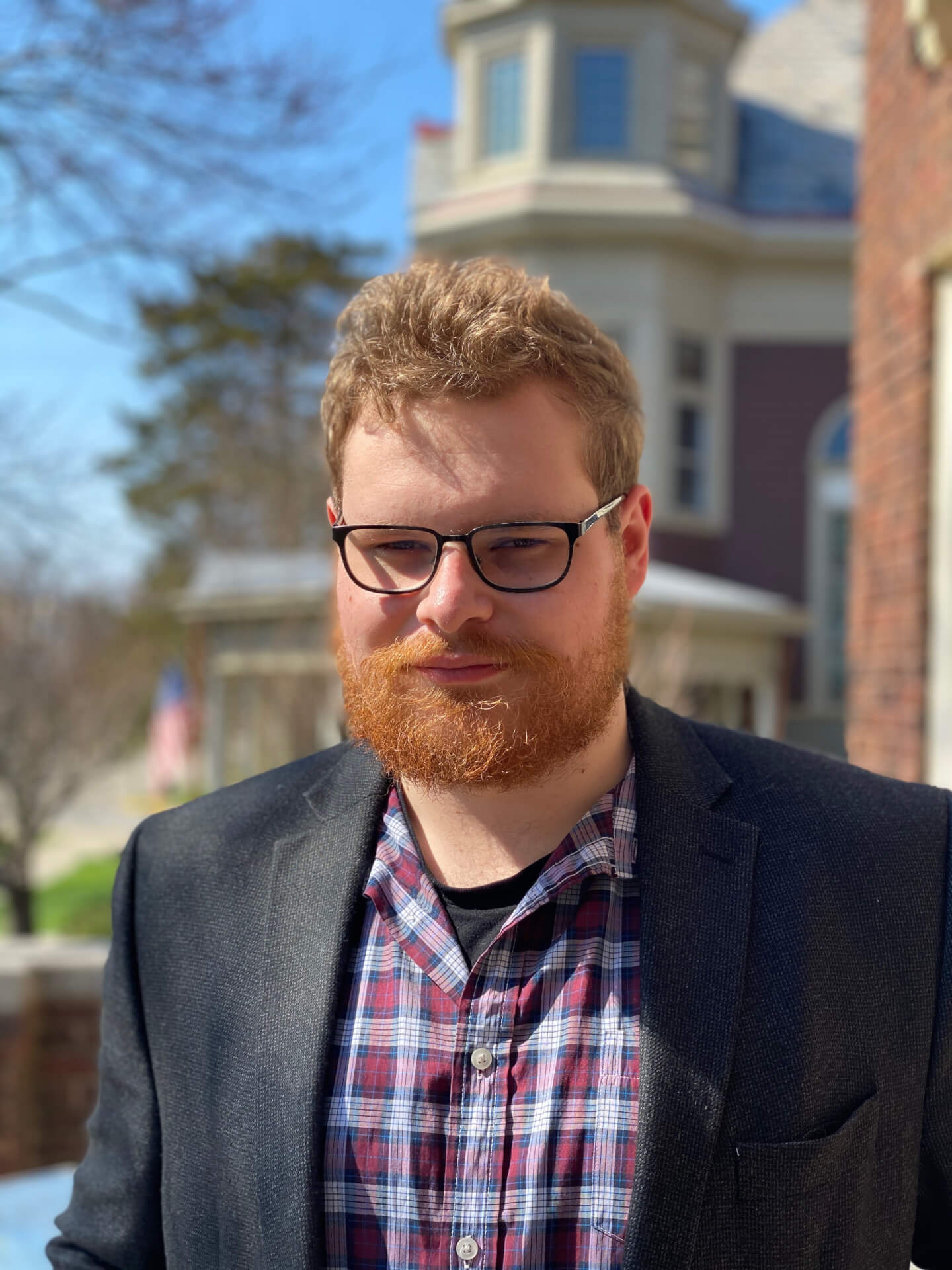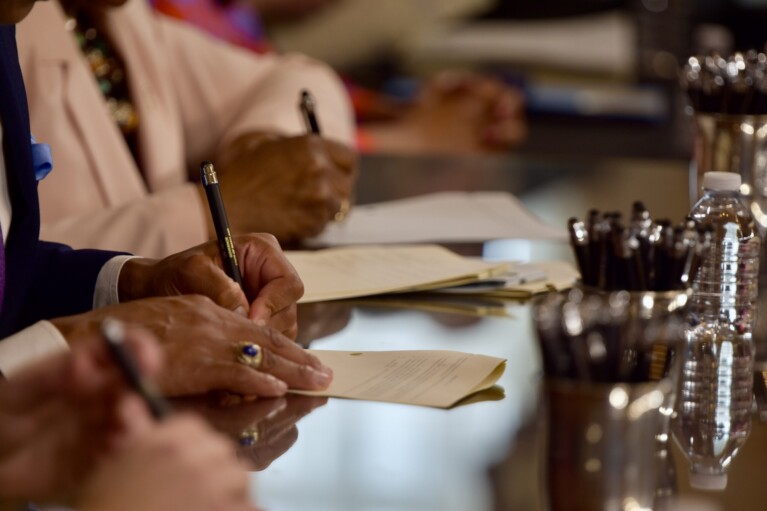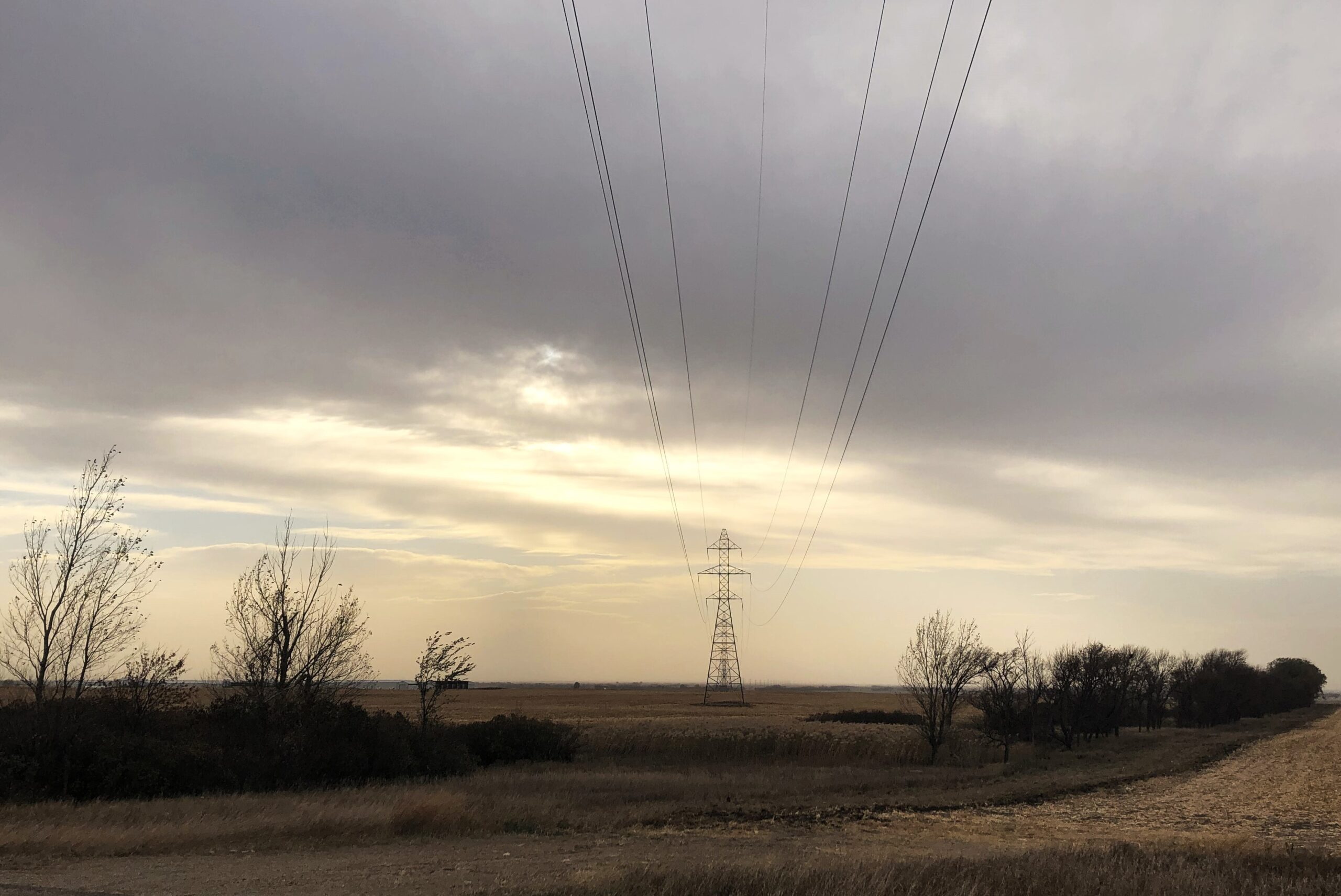Utility Bill Aid Available, But Some Don’t Know They Qualify
Thousands of Marylanders have fallen behind on their utility bills – and advocates worry that many don’t know they might qualify for government energy assistance.
Many Maryland households are “seriously behind” on their utility bills, according to Energy Advocates, a coalition of nonprofits that assist households with utilities. But although Maryland has $150 million in federally-funded utility assistance available, many of those households aren’t enrolling.
Laurel Peltier, an activist who represents the coalition, said at least 324,995 Maryland households are in arrears on utility bills and might not know help is available.
That total only includes accounts that the Maryland Public Service commission classified as “non-low-income” in its December reports. And it only includes accounts from four utility companies: Delmarva Power, Baltimore Gas and Electric, Pepco and Potomac Edison.
Peltier said she doesn’t think any utility knows exactly how many of those “non-low-income” households might qualify for grants offered by the Maryland Office of Home Energy Programs (OHEP). OHEP’s energy assistance program is income-based, and qualifying income varies based on household size.
Eligibility is based on 175% of the federal poverty level. For a single-person household, the maximum monthly qualifying income is $1,861. For a four-person household, the maximum monthly income is $3,821.
Peltier said the application process for OHEP assistance can be “tricky,” since there are various requirements for identification and proof of income. She said OHEP’s programs aren’t well-advertised, and word-of-mouth information about the programs have faltered amid the pandemic.
“This is 100 percent a marketing issue,” Peltier said.
The Office of People’s Counsel (OPC), which represents consumers on utilities matters, launched a toolkit last month to inform Marylanders of what assistance is available, including a short digital advertisement with more information about OHEP’s programs and a tutorial on how to fill out the lengthy application.
“People are falling behind on their energy bills. We want people to know help is out there,” David S. Lapp, the acting People’s Counsel, said in a release. “The CARES Act infused $150 million into Maryland’s energy assistance programs, but unfortunately only about a quarter of eligible households apply.”
Peltier worries that some Marylanders might miss out on benefits because of the digital divide. The OHEP application can be filled out online, dropped off at an OHEP office or mailed in, but Peltier said many residents might need additional help in navigating the application process.




 Creative Commons Attribution
Creative Commons Attribution